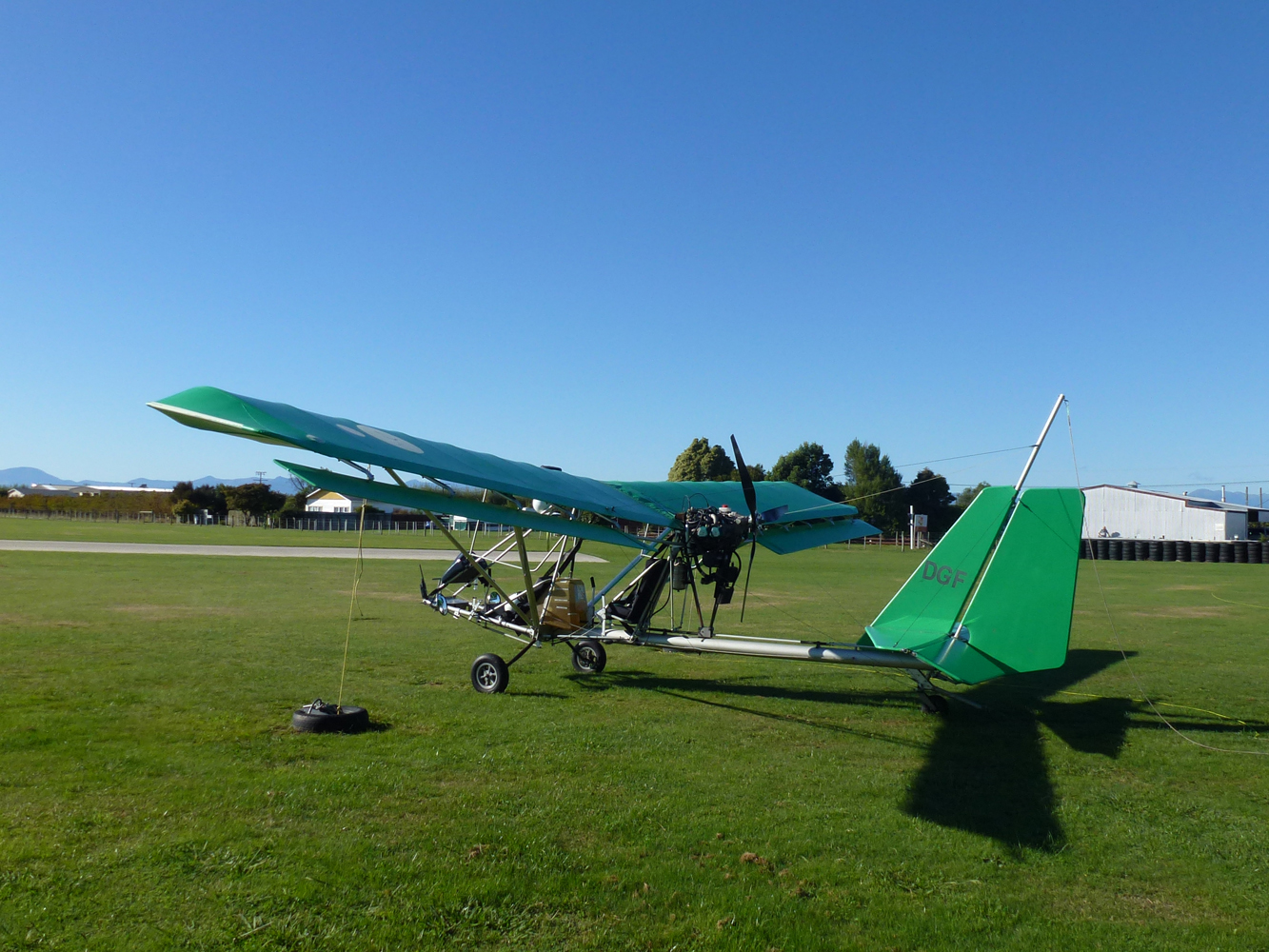

Pilcher in Great Britain and the engineer O. Such gliders were controlled by shifting the craft’s center of gravity by moving the pilot’s body in the desired direction. Lilienthal became the first to make a large number of glider flights over distances up to 250 m in hang gliders. Through these descents man learned to control the flight of a glider. In the late 19th and early 20th centuries a large number of short gliding descents from hills were carried out. Using a horse-drawn carriage (on which the glider rested) as a launcher, he succeeded in making glider flights of up to 30 m. The first glider was constructed and tested by the French sea captain J. Single-seater performance-type gliders may compete in the standard class, which allows a wingspan up to 15 m, or the open class, which places no restrictions on wingspan. They are categorized by function as trainers, semi-trainers, and performance-type machines. Modern gliders are classified according to the number of seats as single-seaters, two-seaters, and multiseaters. When there are rising air currents, soaring -the flight of a glider without loss of altitude or even with gains in altitude-becomes possible. In calm air its flight path follows a line of constant descent at some angle to the horizon (the gliding angle) and is based on the same physical laws as the flight of an airplane. 1987).Īn unpowered aircraft that is heavier than air. Knauff, Glider Basics from First Flight to Solo (1982) D. Paraglider pilots must “kite”-raise the airfoil into the air by running and using the wind-before launching themselves from a cliff or the like.
#HANG GLIDER WITH MOTOR NAME SERIES#
A paraglider is an parachutelike airfoil made of nylon and Mylar from which the pilot is suspended by a series of ropes. The hang glider, with nylon or Kevlar stretched over an aluminum frame, can reach an altitude of 20,000 ft (6,100 m) and stay aloft up to 15 hours in 1979 five hang glider pilots flew their machines (fitted with auxiliary motors) across the United States. These techniques have been resurrected in modern hang gliding, a development based on NASA experiments with flexible-wing gliders in the 1950s.

The gliders were launched and towed by cargo aircraft to the invasion area, where they were released.Įarly gliders were launched from hills or by running forward the machine maintained stability while in flight by the pilot's shifting body weight. In World War II troop-transport gliders were used for aerial invasions. They introduced land skids, wing warping, and other improvements that characterize present-day gliders. the Wright brothers constructed and flew many gliders. The Lilienthals demonstrated the superiority of curved over flat surfaces in flight and encouraged others to make glider experiments, at least until Otto's death in a glider crash in 1896. Otto and Gustav Lilienthal of Germany made the first successful piloted glider flight in 1891. The usual flight controls in a glider consist of a pedal to operate the rudders and a control stick to operate the elevators and ailerons. A sailplane, a glider which is built especially for soaring and sustained flight, can travel as much as 500 mi (800 km) in this manner. In a powered glider the engine can be turned on to keep the glider aloft when there are no updrafts. It can then glide down through air that is not rising. In soaring the glider is repeatedly maneuvered through updrafts to reach altitudes as high as 46,000 ft (14,000 m). The glider uses gravity and updrafts of air to keep it flying slope soaring relies on wind rising off dunes or hillsides, while thermal soaring exploits convection currents in the air. The powered variety can take off and climb on its own. Gliders can be towed behind airplanes over great distances. The unpowered variety is launched by an elastic shock cord, a rope, or a cable, attached to the front of the glider and pulled by a launching crew, a winch, a tow car, or a tow plane. The typical modern glider has very slender wings and a streamlined body. Glider, type of aircraft resembling an airplane but having at most a small auxiliary propulsion plant and usually no means of propulsion at all.


 0 kommentar(er)
0 kommentar(er)
